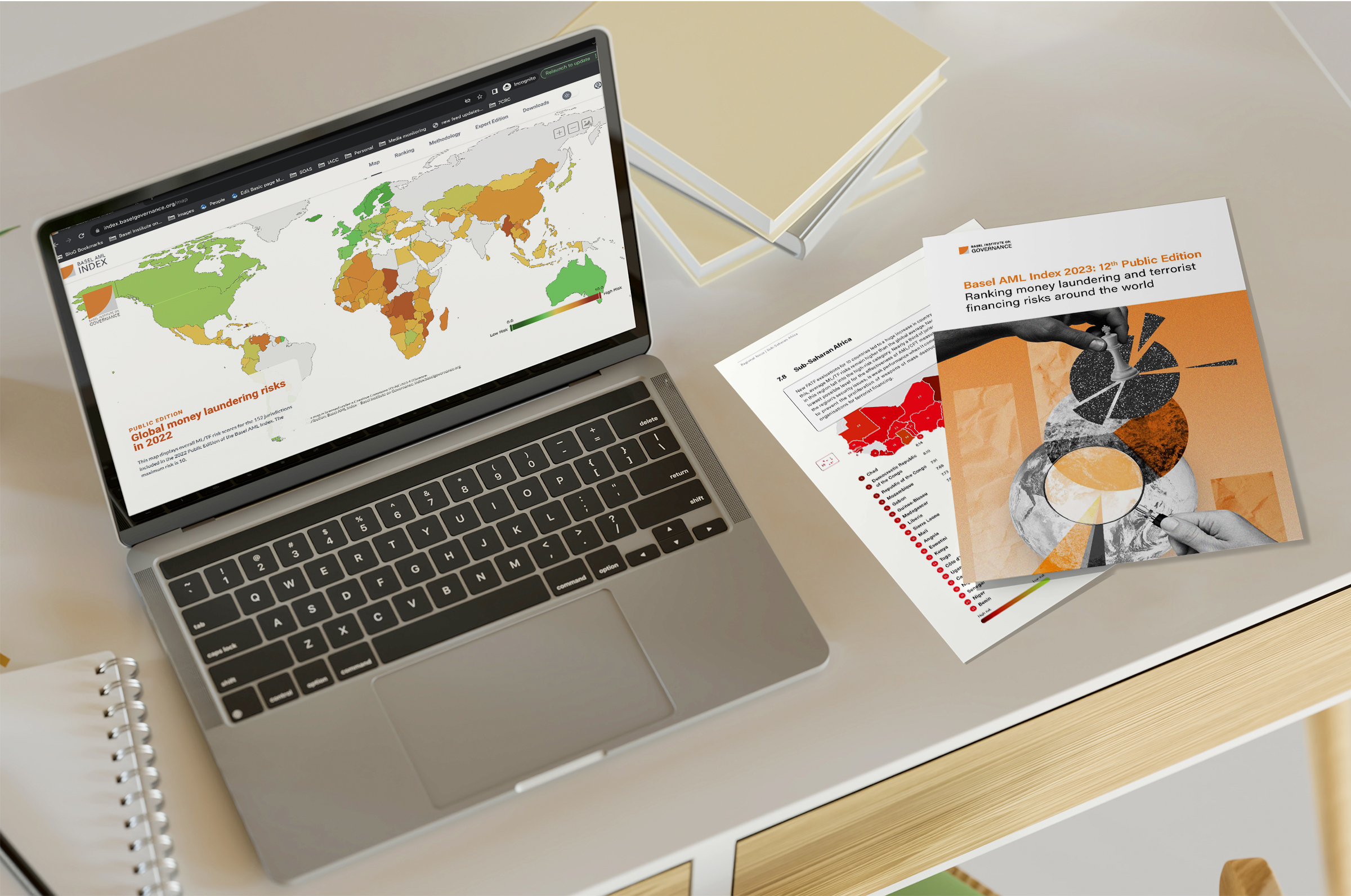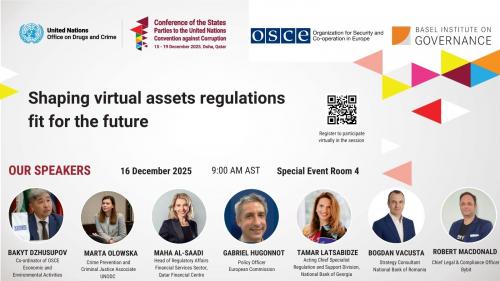FCPA Blog: Basel AML Index: Risks are rising across the board

This blog was originally published on the FCPA Blog, which was discontinued in February 2024.
The release on November 13 of the 12th Basel AML Index ranking of money laundering and terrorist financing risks in 152 jurisdictions takes a look at why risks are rising and what to make of the increased crypto scrutiny.
Increasing risks, decreasing effectiveness
According to this year’s Basel AML Index, average global risks of money laundering and terrorist financing increased from 5.25 (out of 10) last year to 5.31.
Yes, it’s a small change – but it should be going in the other direction. We saw risks increase in four of the five areas we measure:
- Corruption and Bribery
- Financial Transparency and Standards
- Public Transparency and Accountability
- Political and Legal Risks
Scores for the quality of AML/CFT frameworks remained static.
The declining effectiveness of AML/CFT systems is also a cause for concern. Effectiveness scores, measured using data from the Financial Action Task Force (FATF), have dipped to 28 percent. Imagine having a household appliance that was only 28 percent effective. You would throw it out, right?
Sure, effectiveness varies across regions – different countries have different weak spots. But globally, effectiveness scores are particularly low in critical areas – like beneficial ownership transparency, the misuse of non-profit organizations for terrorist financing, and confiscation of illicit assets.
Virtual assets compliance is plunging
The data on how countries are dealing with money laundering risks posed by crypto is still young, as the FATF only added requirements on virtual assets to its 40 Recommendations in 2018. But, on the face of it, things aren’t looking good. Compliance with the relevant Recommendation 15 is plunging as more countries are assessed – from 63 percent in 2021 to 43 percent today. There is no clear data on the effectiveness of measures relating to virtual assets.
Compliance with the FATF Recommendation is especially low in regions that stand to gain the most from FinTech innovation. Sub-Saharan Africa and South Asia, where many people remain excluded from the traditional financial sector, have compliance levels of just 19 percent and 25 percent respectively.
Is hesitancy the real issue?
To some extent, our report explains, this plunging compliance with the FATF standard is to be expected. The crypto world is highly technical, volatile, and evolving fast. It is natural for regulators to take a “wait and see” approach and to experiment.
And it’s good to learn from experiments – as Estonia did this year, after the authorities increased their supervision and noted deficiencies in their light-touch regulations on virtual asset service providers (VASPs). After strengthening them in line with FATF Recommendations, hundreds of VASPs either voluntarily closed down or had their licences revoked.
We also note cautious grounds for optimism. Even if the amount of illicit funds flowing through virtual assets is growing, the percentage of illicit activity on the blockchain remains well below 1 percent. And regulators are catching up. The EU, for example, is introducing more consistent regulation that will reduce the risks of “regulator shopping” by VASPs, at least within the bloc.
Enforcement successes in crypto asset seizures also demonstrate the huge potential for asset tracing and recovery in this area. The U.S. seized a staggering $3.6 billion in Bitcoin in connection with the 2016 Bitfinex hack – the largest financial seizure to date. The UK has reformed its laws to make it easier to confiscate cryptocurrencies linked to crime, after recovering over $370 million in crypto in 2022.
Given that our Basel AML Index report separately laments that asset confiscation rates remain stuck below 1 percent, this kind of progress is to be encouraged.
This all reinforces the sentiment at the latest Global Conference on Criminal Finances and Cryptocurrencies, which we co-organize each year with Europol: that it’s time to embrace the possibilities of virtual assets and to work hard to better understand the evolving risks. But it’s not time to panic.
As former virtual assets regulator Malcolm Wright said in our Basel AML Index launch webinar, public-private partnerships and cooperation are key to developing regulations that foster a thriving global FinTech industry while protecting users, investors, and the wider financial system from the risks.
* * *
Find out where your country sits in the Basel AML Index ranking this year and check out our report and regional infographics for more analysis of current money laundering trends.
For a deeper dive into the data behind money laundering and terrorist financing risks, you can subscribe to our Expert Edition versions.




